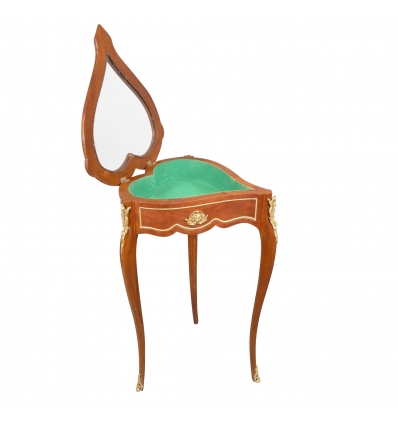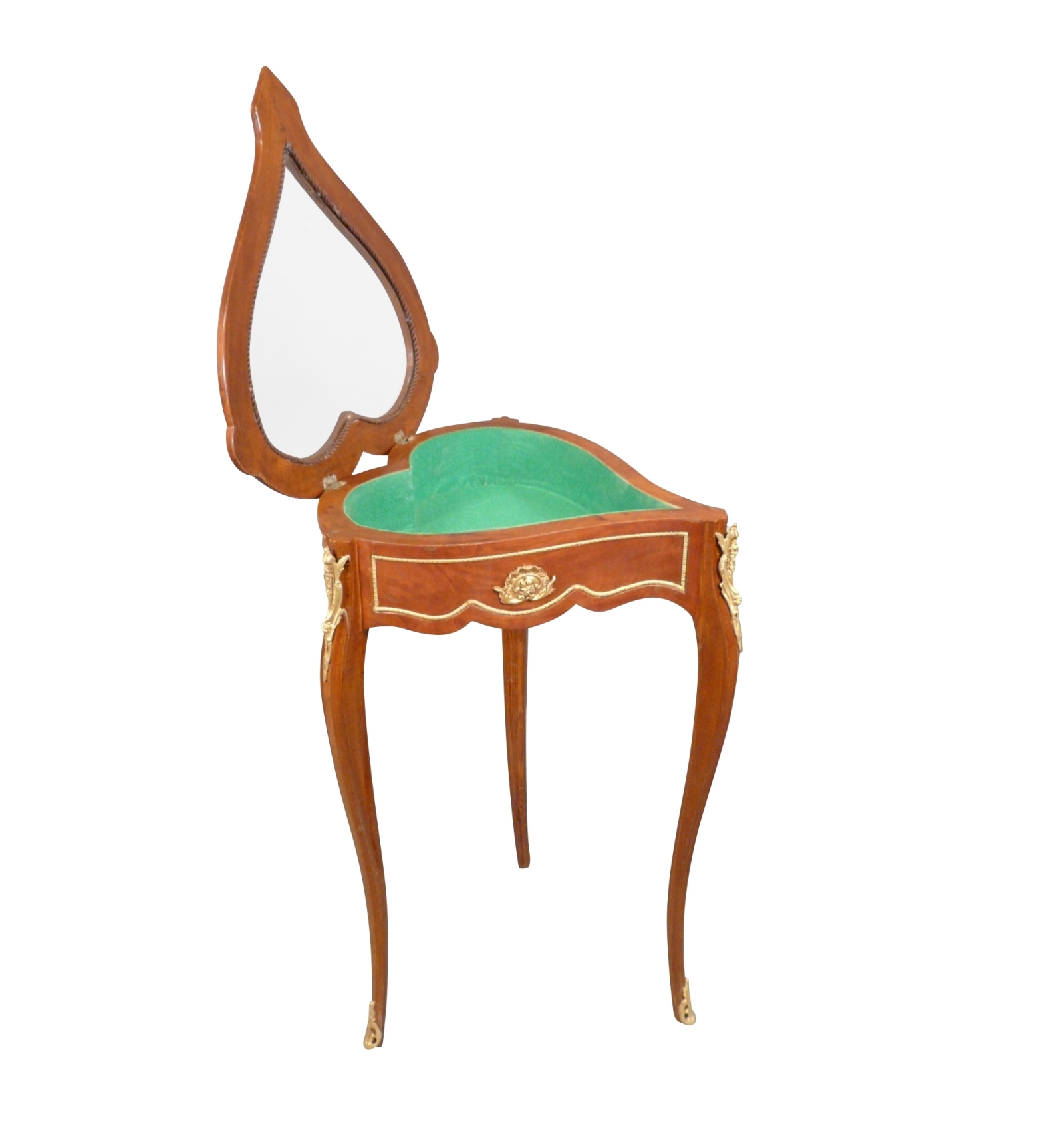

- APPDELETE MAKE TAB BAR VC ROOT WINDOW SWIFT 4 HOW TO
- APPDELETE MAKE TAB BAR VC ROOT WINDOW SWIFT 4 CODE
- APPDELETE MAKE TAB BAR VC ROOT WINDOW SWIFT 4 WINDOWS
APPDELETE MAKE TAB BAR VC ROOT WINDOW SWIFT 4 CODE
When container view controllers are involved, UIKit may modify the presentation chain to simplify the code you have to write. (There is also a reverse relationship from the presented view controller back to its presenting view controller.) These relationships form part of the view controller hierarchy and are a way to locate other view controllers at runtime. When you present a view controller, UIKit creates a relationship between the presenting view controller and the presented view controller, as shown in Figure 2-3. You can also use them as a general building block for your app’s interface. For example, you might present a view controller to gather input from the user. Presentations are most often used for displaying new content modally. Presenting a view controller replaces the current view controller’s contents with those of a new one, usually hiding the previous view controller’s contents.
APPDELETE MAKE TAB BAR VC ROOT WINDOW SWIFT 4 HOW TO
For detailed information about how to create a custom container view controller, see Implementing a Container View Controller. Although it depends on the container interface, child view controllers may have minimal knowledge of the container and any sibling view controllers.įigure 2-2A container acting as the root view controllerīecause a container view controller manages its children, UIKit defines rules for how you set up those children in custom containers. In the figure, the container places the two child views side by side. The container is responsible for positioning its child views appropriately. Container view controllers are often installed as root view controllers in a window (as shown in Figure 2-2), but they can also be presented modally or installed as children of other containers. UIKit includes several container view controllers, including UINavigationController, UISplitViewController, and UIPageViewController.Ī container view controller’s view always fills the space given to it. For example, a UINavigationController object displays the content from a child view controller together with a navigation bar and optional toolbar, which are managed by the navigation controller. A container view controller mixes the content of one or more child view controllers together with optional custom views to create its final interface.
APPDELETE MAKE TAB BAR VC ROOT WINDOW SWIFT 4 WINDOWS
For windows you create programmatically, you must set the root view controller yourself.Ĭontainer view controllers let you assemble sophisticated interfaces from more manageable and reusable pieces. When you use storyboards to configure your view controllers, UIKit sets the value of that property automatically at launch time. The root view controller is accessible from the rootViewController property of the UIWindow object. Because the window has no visible content of its own, the view controller’s view provides all of the content. Figure 2-1 shows the relationship between the root view controller and the window. The root view controller defines the initial content seen by the user. Every window has exactly one root view controller whose content fills that window. The root view controller is the anchor of the view controller hierarchy. If you break the prescribed containment and presentation relationships, portions of your app will stop behaving as expected.

Maintaining the proper view controller relationships ensures that automatic behaviors are delivered to the correct view controllers when they are needed. UIKit expects you to use view controllers in prescribed ways. Nav!.(transition, forKey: kCATransition)ĪppDelegate.window?.The relationships among your app’s view controllers define the behaviors required of each view controller. Transition.subtype = kCATransitionFromLeft //kCATransitionFromLeft Let timeFunc : CAMediaTimingFunction = CAMediaTimingFunction(name: kCAMediaTimingFunctionEaseInEaseOut) Let transition: CATransition = CATransition() Nav = UINavigationController.init(rootViewController:vc ) Var nav = appDelegate.window?.rootViewController as? UINavigationController Let vc = storyboard.instantiateViewControllerWithIdentifier("Left") Let storyboard : UIStoryboard = UIStoryboard(name: "Main", bundle: nil) I tried to search the navigation bar using the view in subviews method but not able to find let appDelegate = UIApplication.sharedApplication().delegate as! AppDelegateĪppDelegate.window = UIWindow(frame: UIScreen.mainScreen().bounds) How should i suppose to remove the newly created navigation bar. Tab bar vc already has navigation bar with buttons and when pusing to the tab bar controller using this code creates a grey color navigation bar above the tab bar navigation controller.

While pushing to tab view controller and setting it as root vie controller creating a new navigation bar above the ta bar navigation bar.


 0 kommentar(er)
0 kommentar(er)
